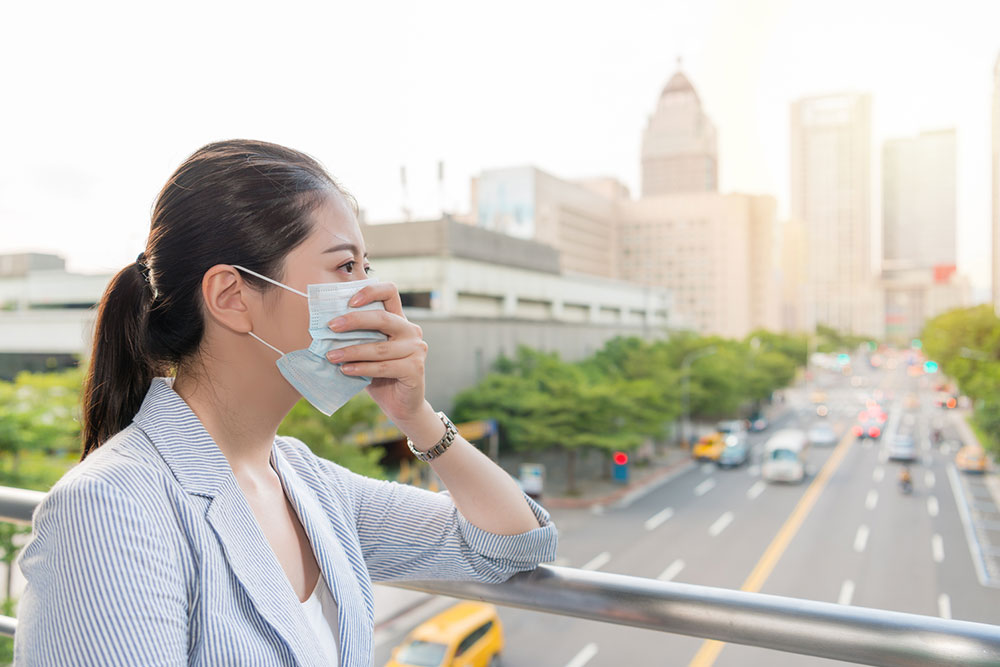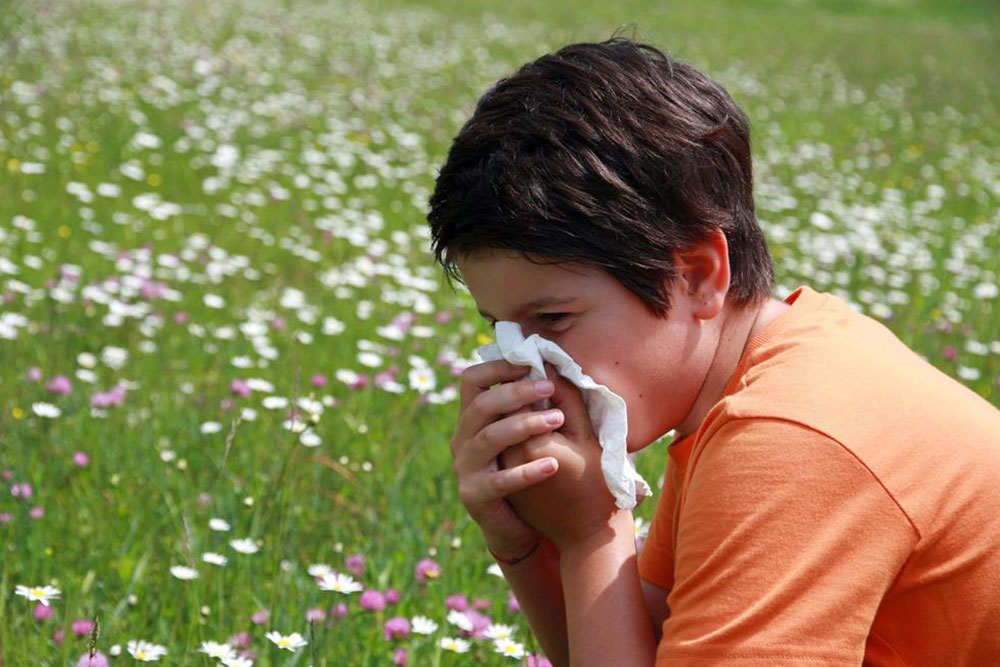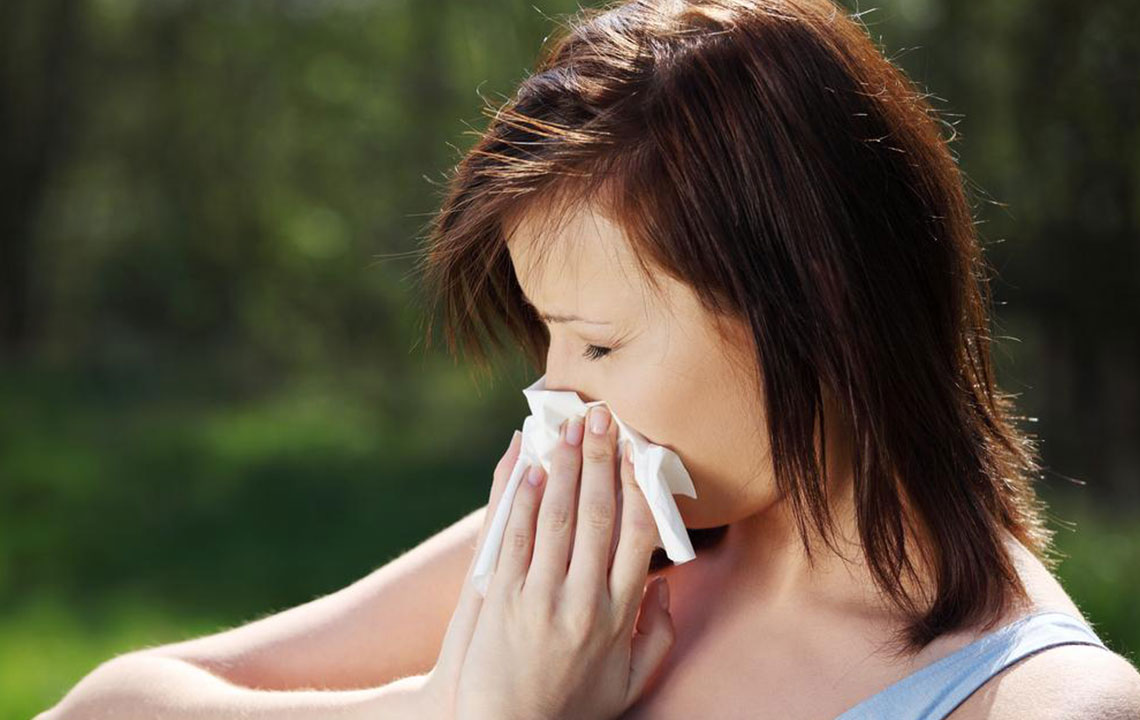Comprehensive Guide to Allergies: Types, Symptoms, and Effective Management Techniques
This comprehensive guide explains the different types of allergies, their symptoms, and effective management strategies. From food and pet allergies to mold and seasonal triggers, learn how to identify and control allergic reactions to improve quality of life and stay safe. Essential tips include avoidance, medication, and consulting healthcare professionals for persistent issues.

An In-Depth Exploration of Allergies: Recognizing Types, Symptoms, and Strategies for Management
Allergies are a common immune system response to substances that are typically harmless to most individuals. These exaggerated reactions can vary widely—from mild skin irritations to severe, potentially life-threatening conditions such as anaphylaxis, which impairs breathing and requires immediate medical attention. Correctly identifying the specific type of allergy is essential for effective treatment, preventing complications, and improving the quality of life for those affected.
Food allergies are among the most common allergic conditions, especially prevalent in children, but they can also unexpectedly develop in adults. Foods such as eggs, soy, dairy products, wheat, nuts, seafood, sesame seeds, and mustard are typical culprits. The spectrum of symptoms can include swelling, hives, difficulty breathing, stomach pain, vomiting, and, in severe cases, anaphylactic shock. Managing food allergies requires strict avoidance of allergenic foods, reading labels diligently, and always carrying emergency medications like epinephrine auto-injectors (EpiPens) to respond swiftly to accidental exposures.
Medication allergies occur when the immune system reacts adversely to certain pharmaceuticals, including antibiotics (like penicillin), anticonvulsants, non-steroidal anti-inflammatory drugs (NSAIDs), and chemotherapy agents. Symptoms can manifest as rashes, swelling, difficulty breathing, dizziness, and in extreme cases, anaphylaxis. To prevent such reactions, it is crucial to inform healthcare providers about known allergies, review medication ingredients vigilantly, and seek alternative therapies when necessary.
Pet allergies are triggered by exposure to pet dander, fur, saliva, or urine. Common signs include itchy, red eyes, nasal congestion, sneezing, coughing, and breathing difficulties. Managing pet allergy symptoms involves minimizing exposure—such as keeping pets out of bedrooms, bathing pets regularly, and using HEPA air purifiers. Furthermore, allergy medications including antihistamines and allergy shots (immunotherapy) can significantly reduce symptoms over time.
Contact dermatitis involves skin reactions caused by direct contact with substances like metals (nickel), fragrances, preservatives, or certain plants. Symptoms typically include redness, swelling, blisters, and rashes. Avoiding known triggers, maintaining good skin hygiene, and applying soothing lotions or corticosteroid creams can alleviate discomfort. Persistent or severe reactions warrant consultation with a healthcare specialist to explore additional treatments or allergy testing.
Mold exposure is another common allergen, especially in damp environments such as bathrooms, basements, and areas with poor ventilation. Mold spores can cause respiratory symptoms like nasal congestion, cough, wheezing, and throat irritation. Preventive strategies include controlling indoor humidity levels, using dehumidifiers, cleaning moldy surfaces with appropriate fungicides, and ensuring proper ventilation. For symptomatic relief, antihistamines and nasal corticosteroids are often recommended.
Seasonal allergies—also known as hay fever or allergic rhinitis—are triggered by pollens from trees, grasses, and weeds like ragweed during specific times of the year. Symptoms include sneezing, nasal congestion, itchy eyes, and sore throat. Protective measures involve keeping windows closed, wearing masks outdoors, showering after outdoor activities, and using allergy medications such as antihistamines, decongestants, or nasal sprays. People with latex allergies or allergic asthma caused by environmental factors should also undergo tailored treatments, including inhalers and emergency medications like epinephrine for severe reactions.
Understanding the various types of allergies and their symptoms is paramount to managing these conditions effectively. Adequate avoidance strategies, prompt medication, and consultation with allergy specialists can greatly improve comfort and safety for allergy sufferers.





